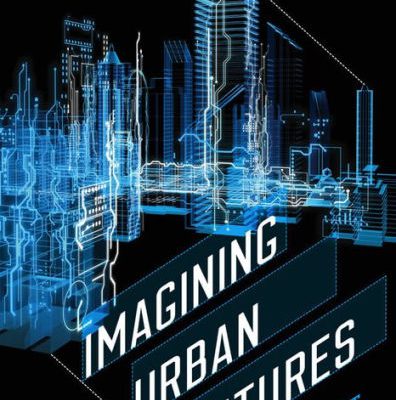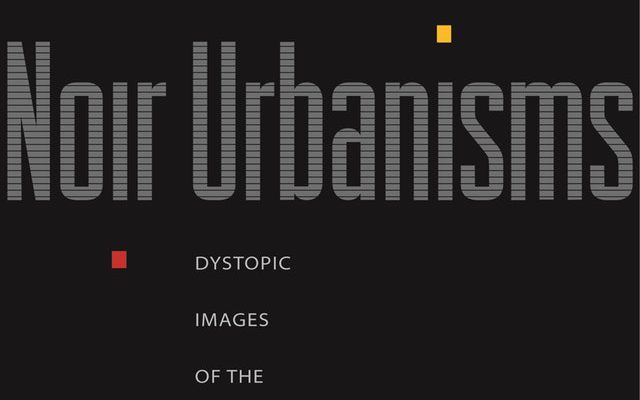Reading Response: William Tsuitsui
‘Gojia’ is a film that Japanese film about those monsters. These monster is create by nuclear experiment. However, those film is not just an monster destroying building in the city, but it is related to the situation in Japan after the world war. Those disaster cause by nuclear war is a traumatic event for Japanese people. This related to this film, which creation of modern world became threat to the society. Japan trying to hide, but this film shows about destruction and show negative part of modern invention. It is different from monster movie of other countries becuase they didn’t

